Keeping competitive with food automation
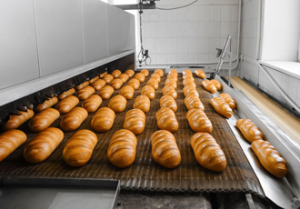
With an overall turnover of €1,109bn and more than 4.5mn people employed across the continent, the food and drink industry is undoubtedly one of the most economically important industries in Europe. Add to this the fact that there are 294,000 European companies active in the industry and it becomes plain to see why the ability to remain competitive is vital for food manufacturers. Here, George Walker, Managing Director of Novotek UK and Ireland, offers practical tips to stay competitive with food automation.
The food and beverage manufacturing industry is one of narrow margins, high demand and strict regulatory requirements. As such, it’s easy to understand why many manufacturers are turning to higher levels of automation and digital technologies to meet an ever-growing and ever-changing demand from consumers. And as interest around Industry 4.0 and the Industrial Internet of Things (IIoT) has grown, more senior managers at food businesses are considering digitally transforming operations.
However, the trouble with concepts such as Industry 4.0 is that they are ambiguous. IIoT, for example, includes everything from automatic process control and improved data collection to advanced data analysis and Virtual Reality (VR) supported maintenance. There are lots of potential benefits offered by this cornucopia of technologies, but they are often too conceptual for most food manufacturers to truly grasp.
Instead, we must look at the technologies that can offer tangible value to manufacturers. For many, control systems and process automation are the prime areas for development. In fact, a report published by the Food and Drink Federation found that manufacturing process automation was the second biggest focus area for innovation by food manufacturers, with 73% of manufacturers investing in this area.
Automation is of particular interest for food manufacturers as it offers a meaningful way to achieve the benefits promised by the IIoT. For example, a fourth-generation HMI/SCADA software can oversee and control certain connected processes. As part of a larger networked automation platform - for example, GE Digital’s Predix - this software could contribute to the effective deployment of a smart predictive maintenance program.
With such a program, food manufacturers can minimise down time by having a system in place to monitor equipment health and automate certain maintenance tasks in a proactive, predictive manner. However, this can only happen if a manufacturer has suitable quantities of relevant operational data. This comes back to food plant managers ensuring they take the right first steps in their automation journey.
The first steps
For food manufacturers making their first moves into modern automation systems, the first step should always be to identify why managers want to automate. In our food automation whitepaper, we explain - among other things - that this involves developing what we refer to as a technology adoption profile.
There are two main profiles: the innovator, who wants to experiment and find new ways of operating and developing better products, and the “price-sensitive purchaser”, who has the main aim of reducing downtime, minimising operating expense and maximising margins by making operations as efficient as possible. This profile influences the types of technology that you should invest in as a first step into process improvement.
Once a manager determines what they want to achieve, the first port of call should be to ensure a system is in place that can collect and store an effective amount of data from machines, sensors and systems. This is where Historian software proves invaluable.
For food businesses, Historian software ticks the right boxes for traceability and for process management and improvement, because it stores accurate operation and production data. This data should form the basis of any effective automation strategy, as plant managers can easily identify the key areas that require optimisation or improvement.
Crucially, Historian systems don’t require substantial changes to an existing system configuration; they simply slot into existing technology infrastructure, connecting easily to a wide range of data collection and reporting tools. Some best-in-class Historian systems make integration even easier via fast software installation and integration.
Historically, the challenge here has been one of price. Currently, Historian software is typically built around a model where manufacturers pay upfront for an amount of tags, irrespective of whether they are actively analysed or even used at all. The result is that medium to large size enterprises are paying high costs for 10,000 tags, when they might only need and use 400. Meanwhile, smaller companies are being priced out.
To tackle this, Novotek has teamed up with GE Digital to provide Enterprise Historian software using a subscription-based model, making the system affordable to food manufacturers of all sizes. With this model, users can store data is several tags but only pay for the tags that they analyse, which reduces the barrier to entry for digitalisation and allows managers to retroactively analyse collected data.
This model helps food manufacturers in remaining competitive. Not only does the insight provided by the Historian software allow for greater analysis and improvement of processes, but plant managers can attain this without paying over the odds. From here, food manufacturers can determine how their automation journey progresses - whether it’s down the route of innovation or improved overall equipment effectiveness.
Similar articles
More from Novotek
- Free consultancy helps industry see sense in data 29th June 2021
- HMI/SCADA software trial offers boosted efficiency 28th May 2021
- Getting started with food digitalisation 20th May 2021
- Achieving plant resiliency 26th April 2021

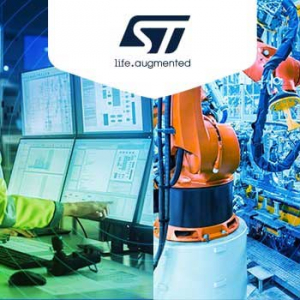
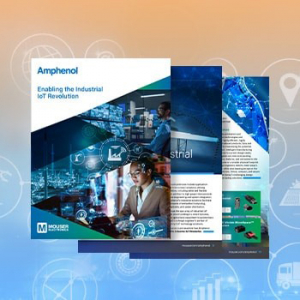
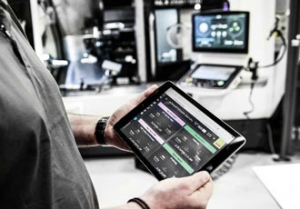
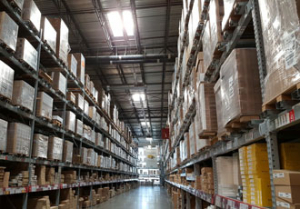







Write a comment
No comments